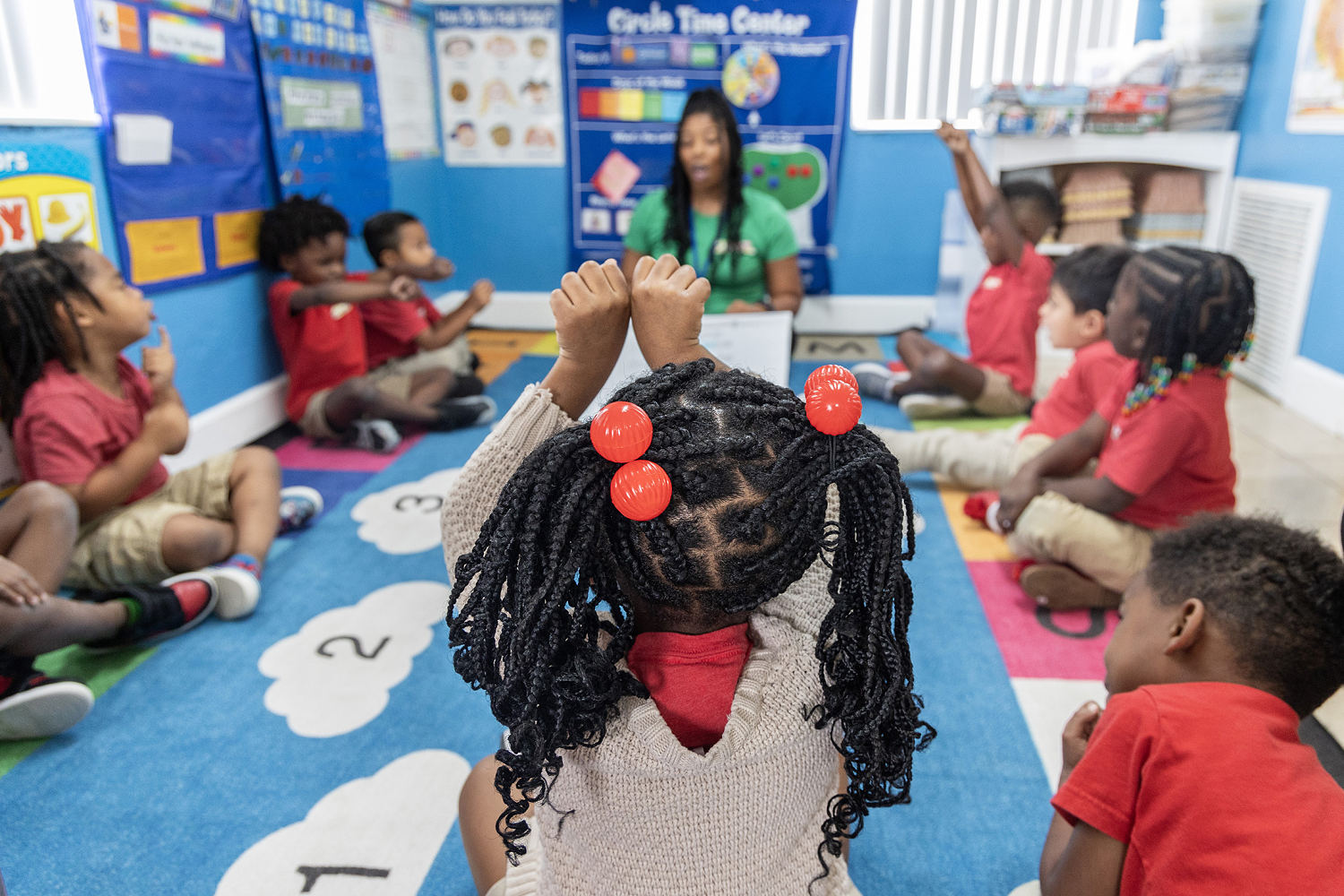
“Voters do show up and do vote for child care when they have the opportunity to,” Hedgepeth said, citing an election-night survey by the National Women’s Law Center, a nonprofit that advocates for women’s rights, in which 77% of voters said guaranteeing access to affordable child care was important to them.
“We can, by extension, say that elected officials should be thinking about child care as a priority,” she said.
Over 13 million of the nation’s roughly 63 million parents rely on paid child care providers nationwide, the Labor Department estimates. Costs tend to be higher for families with infants, those living in larger counties and those using center-based rather than home-based care.
Care work is historically undervalued, Livingston said, and disproportionately affects women. Her team found that a 10% increase in child care prices is associated with a 1% drop in women’s labor force participation.
“There may come a time where people have to make a decision: Does it really make sense for me to keep my job and pay this much for child care, or should I stay home?” she said.
Hedgepeth said her researchers found costs continued to increase in 2023, albeit at a pace slower than inflation.
“There are a lot of good reasons to invest in child care, so this isn’t a race to the bottom,” Hedgepeth said.
Indeed, the Labor Department report said that the influx of $24 billion in federal pandemic aid to child care providers, plus $14 billion more to help states tackle the issue, prevented costs from surging even higher.
“It’s much more about understanding that child care is something that takes resources,” Hedgepeth added, “and we need to find those, because right now parents are carrying such a heavy part of the load.”








